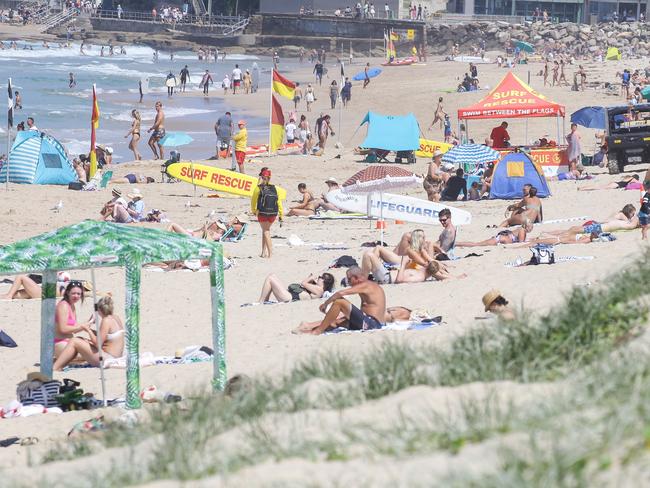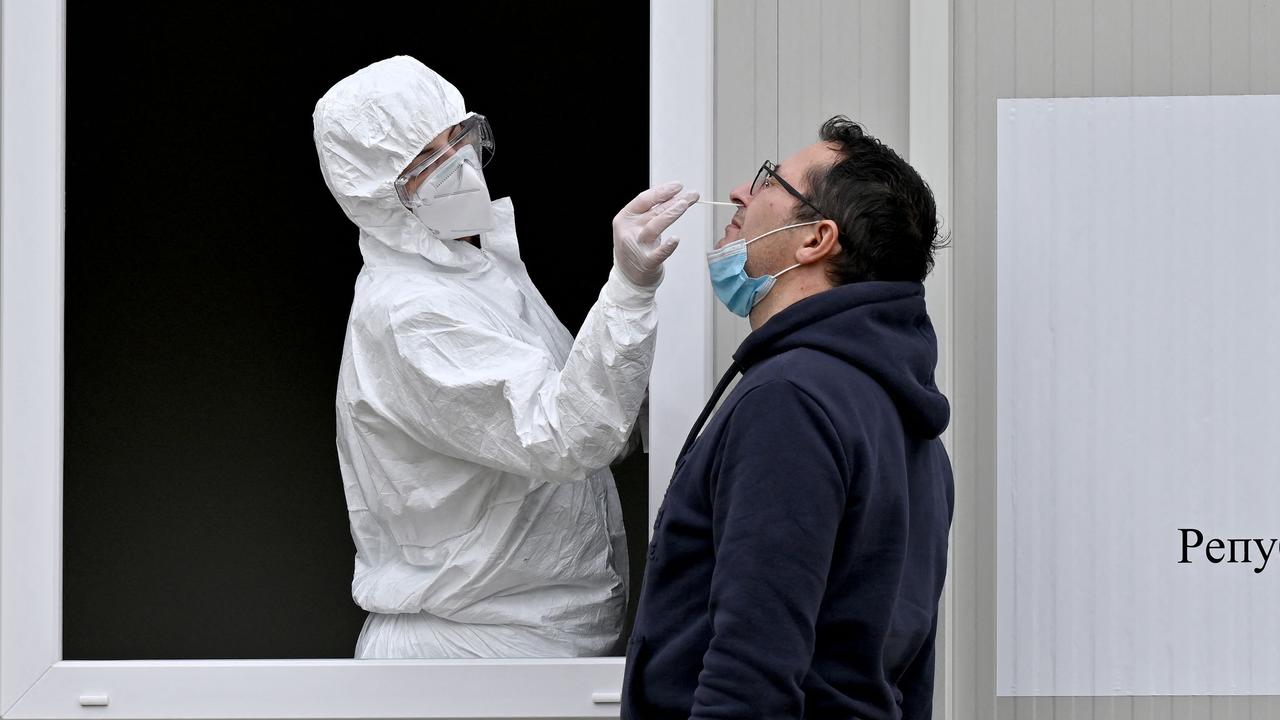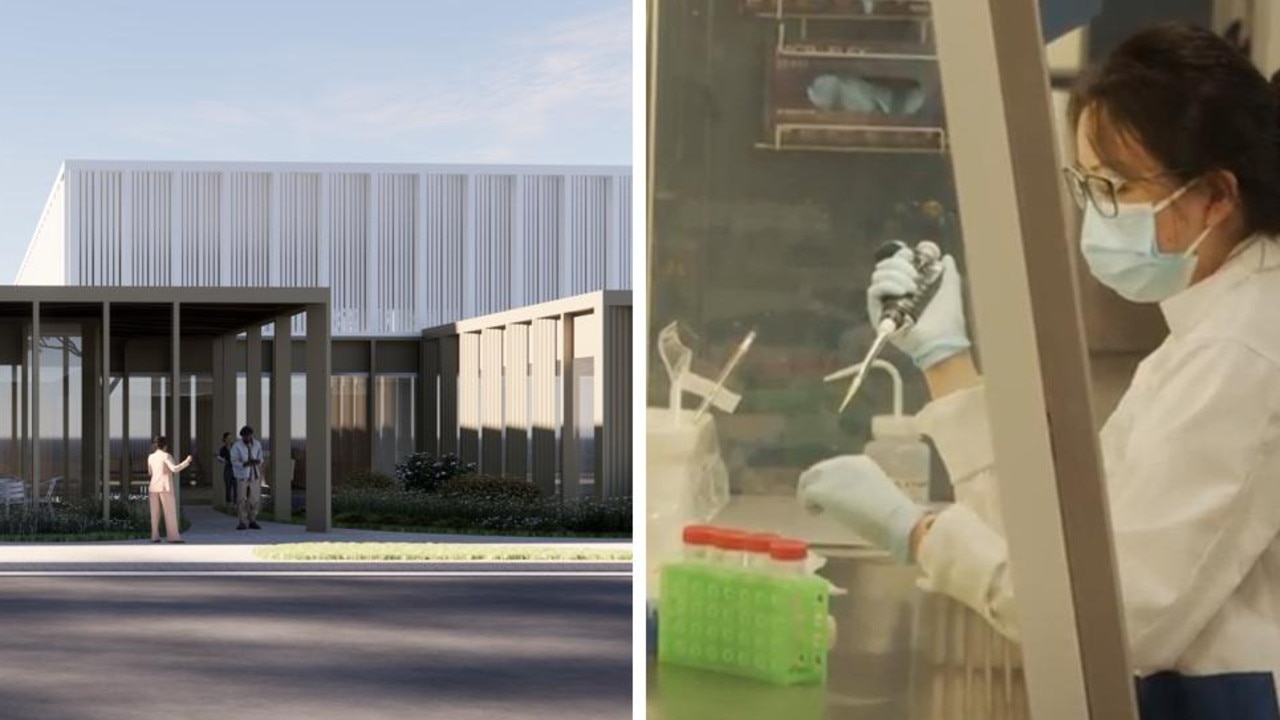Coronavirus lockdown should remain in Australia till end of winter, says expert
Australia dodged the worst of COVID-19 because of summer and travel and social lockdowns should remain until the end of winter, a leading infectious disease expert says.
Coronavirus
Don't miss out on the headlines from Coronavirus. Followed categories will be added to My News.
One of Australia’s leading infectious disease experts believes coronavirus travel and social restrictions should remain in place throughout winter to prevent a fresh outbreak.
And other measures may need to continue for up to two years.
Peter Collignon from the Australian National University said the timing of the global pandemic meant the country had dodged the worst of COVID-19.
“If you look at any respiratory virus, they transmit much more readily in winter,” he told AAP today.
Professor Collignon expects an uptick in coronavirus cases as more people retreat inside and the weather cools.
“All the factors aren’t clear but what’s beyond doubt is viral infections, respiratory infections are more common in winter and early spring.”
He believes rules rolled out since March had helped flatten the curve of coronavirus infections.
Australia has shut down its borders, returned visitors have been quarantined, hospitality businesses have been closed and social gatherings dramatically curtailed.
“All those things that are pretty drastic and put a million people out of work, we’re going to have to continue mostly till the end of winter,” Professor Collignon said.
He pointed to America and Europe, where winter saw many coronavirus cases go unrecognised initially.
Australia’s testing regime – one of the best in the world – has also helped keep the virus under control.
But Australians could have to continue vigorous hygiene practices and avoid large crowds for up to two years.
“Unless something magically changes, we’re going to have to do more than we’ve done before if we want to keep the numbers of this virus down,” Professor Collignon said.
CORONAVIRUS AND CLIMATE: IS THERE A LINK?
Scientists around the world are investigating the impact of weather – including UV light – is having on potentially slowing the spread of coronavirus.
An apparent link between a country’s exposure to ultraviolet (UV) radiation and its rate of COVID-19 transmission is prompting debate about what role sunlight plays in limiting outbreaks.
Hong Kong University pathology professor John Nicholls said laboratory experiments had shown that the virus was sensitive to both heat and sunlight.
The Adelaide University-trained professor told News Corp that “at 4 degrees the virus shows very little activation, at 25 degrees celsius it can survive for about five days, and once you get to 35 degrees it’s only one to two days”.
“This virus is quite heat sensitive. We’ve shown that in the laboratory. How much that can be extrapolated to the environment is a matter of conjecture,” he said.
Other lab experiments using simulated sunlight showed it also decreased the activity of the virus but Prof Nicholls said the effect may not be large.
Using his research, US researchers found that Iceland – which has one of the lowest rates of UV exposure in the world – has one of the highest rates of COVID-19 infection, while Australia has comparatively low rates of infection.
The researchers from weather website AccuWeather also looked at Chicago, which has a similar average daily temperature to Iceland, but its UV exposure is much higher, and its coronavirus caseload is ten times lower.
The report acknowledged other variables were not factored in, and it should be noted that Iceland has tested a much bigger proportion of its population (5 per cent) compared to the US (0.2 per cent).

The World Health Organisation stresses that “exposing yourself to the sun or to temperatures higher than 25 degrees does not prevent coronavirus,” but research into a possible link has ignited interest – and hope – as the northern hemisphere tracks towards summer.
The 2003 SARS epidemic was largely extinguished as outbreak hot spots started to experience summary conditions.
But some in the scientific community warn this may not happen with coronavirus.
In a research paper that has not yet been peer reviewed, Professor Peter Byass from the University of Umea in Sweden looked at the climatic conditions that prevailed in China while it battled the initial outbreak of COVID-19, and he concluded that a “clear cause and effect relationship” between the weather and the virus had not been proven.
“The incidence of infections in China was markedly lower at very low temperatures, which might be related to characteristics of the virus, but equally may reflect reduced social interactions when it is very cold outside,” Prof Byass wrote.
“Conversely brighter, drier weather may stimulate levels of social interaction, and thereby possibly counteract direct effects of heat and light on viruses.”
While Prof Byass found “appreciable associations” between rates of COVID-19 and the weather in China, he said this did not “justify any generalisations to the effect that the COVID-19 pandemic will simply go away given some nice summer weather.”

But if Professor Nicholls is proved correct, and coronavirus “does a SARS”, what of Australia and other southern hemisphere nations, heading towards winter?
The Bureau of Meteorology’s climate outlook for Australia, released on Thursday, forecasted wetter than average conditions for most of Australia, except southern Tasmania, for April, May and June. It also predicted warmer than average days across northern and eastern Australia, but cooler across much of the southern mainland.
With regard to our exposure to UV radiation, information from the Bureau states that our lowest UV index days are likely to occur in June and July, when values can drop to less than 2 over Tasmania, and to 8 or 9 in far Northern Australia (which still puts it in the ‘very high’ range).


Professor Peter Collignon from ANU’s Medical School told News Corp that measures to stop the spread of the virus in Australia “would need to be more stringent in winter”.
“Look at other viruses we’ve got. Influenza, common cold virus, other coronaviruses … [winter is] the peak spread of all respiratory viruses. Why that is, it’s still not clear.
“It’s probably because when you’re cold everyone is indoors more and huddled together. It may also be something to do with the humidity in the air, because if you’ve got dry air you’ve got less mucous in your nose and maybe the virus has got an easier way of getting in there and causing infections, compared to if it’s more humid and warmer,” he said.

“What’s beyond doubt is that winter, everywhere in the world, you have ten or 20 times more transmission of respiratory viruses than you have in summer.”
Professor Nigel McMillan from the Menzies Health Institute at Griffith University said the impact of the weather on coronavirus was unclear at this stage.
He concurred that there was a seasonable variation to virus infections, but pointed out that “the flu season has smoothed out a lot over the last few years with so much travel between the hemispheres”.
A fact sheet from the World Health Organisation states: “You can catch COVID-19, no matter how hot or sunny the weather is. Countries with hot weather have reported cases of COVID-19.”
Originally published as Coronavirus lockdown should remain in Australia till end of winter, says expert


